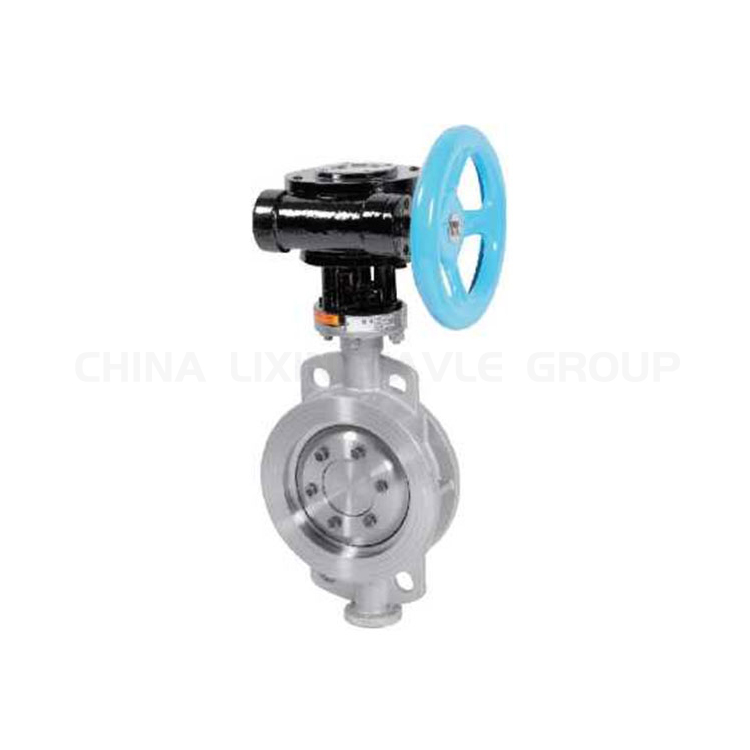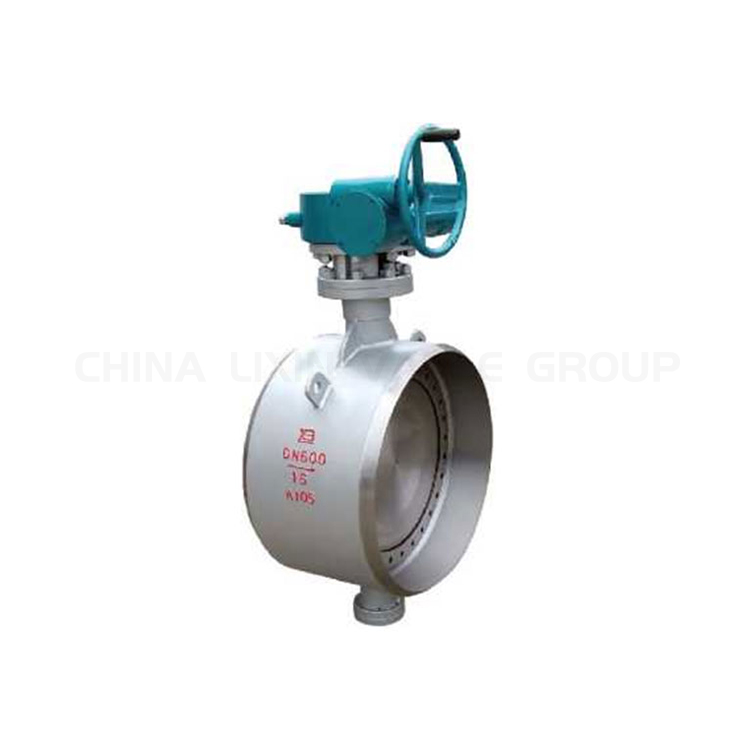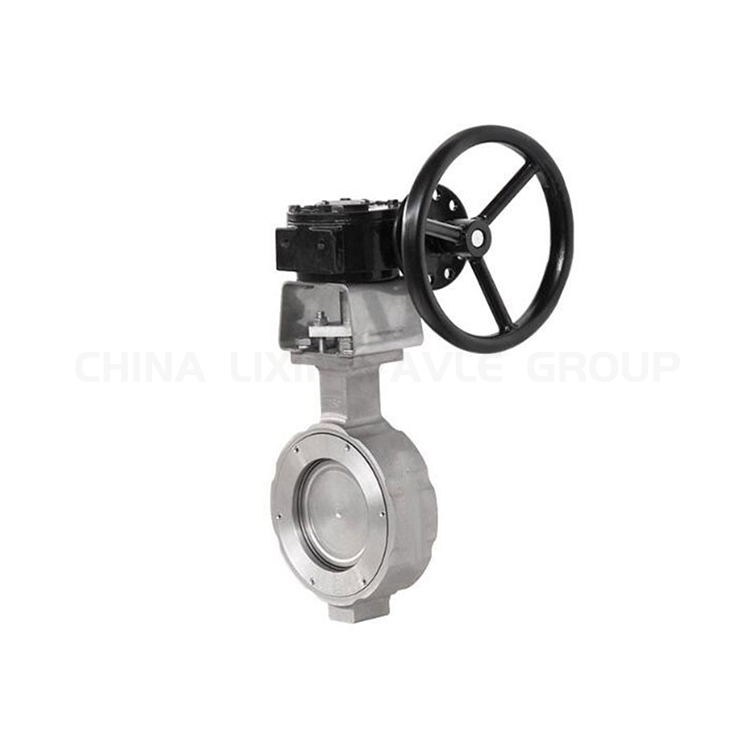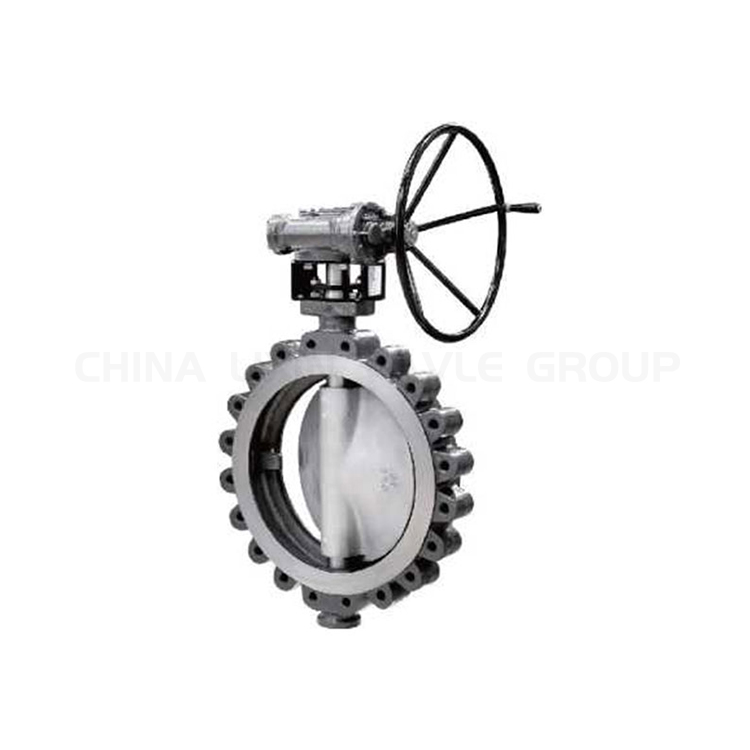Technical Specifications
| Size Range NPS 2″-40″ / DN50-1000mm | Main Material Carbon steel, Stainless Steel, Aluminum Bronze, Duplex steel etc.
(Other materials are available under request.) |
| Temperature Rating -196 ~ +600°C | Stem Material Stainless steel |
| Pressure Rating I.0Mpa ~ 15.0Mpa 150LB ~ 900LB | leakage level Zero Leakage |
| Disc Material Carbon Steel, Stainless steel, Duplex steel etc. | Flange Drilling ASME B16.5, EN 1092, GOST 33259 |
| Seat Material Soft Seat: PTFE,EPDM,NBR etc. Metal Seat: SS+Graphite | Body Style Wafer, Lugged |
| Design Standard ASME B16.34, API 609 | Test Standard API 598, EN12266-1, ISO 5208 |
| Face to Face API 609, ISO 5752, MSS SP-68, ASME B16.10, EN558-1 | Operation Wench, Worm Gear, Electric, Pneumatic, etc |
| Application Bulk liquid storage, oil & gas, LNG storage & transportation, steam distribution systems, power generation, geothermal steam, sugar & ethanol, pulp & paper liquor, refining, chemical processing, water & wastewater, air separation, cryogenic services |
| Other The carefully selected materials and contemporary design make our butterfly valve highly recognized. If our butterfly valve cannot meet your choice, we can provide you with special made. |
Chief Features
The replaceable seat and seal ring system extends the overall service life of each Lixin valve, thus minimizing downtime without expensive field maintenance or full replacement
Two way zero leakage seal
The unique three eccentric structure makes our valve stable, reliable and easy to maintain
Compared with gate, stop or ball valves of the same size and pressure class, Lixin butterfly valve saves space and weight, and reduces the installation and maintenance cost to the greatest extent.
High strength material stem, anti fly out stem and integrated stem design make the valve more stable and suitable for more operation modes
Live-loading of packing and low leakage packing (meet ISO 15848-1) makes the stem seal safer and suitable for more working conditions
The Triple-offset Geometry
Offset 1:
The centerline of rotation axis/stem and seat deviate from each other for a certain distance to ensure the integrity of the sealing surface;
Offset 2:
The centerline of rotation axis/stem and body deviate from each other for a certain distance to reduce the friction between the sealing components when open and close the valve.
Offset 3:
The centerline of valve body and conical seat sealing face deviate from each other for a certain angle to ensure the sealing ring of the disc can be separated or touched with seat rapidly so that friction and squeeze will not exist between the sealing components.











